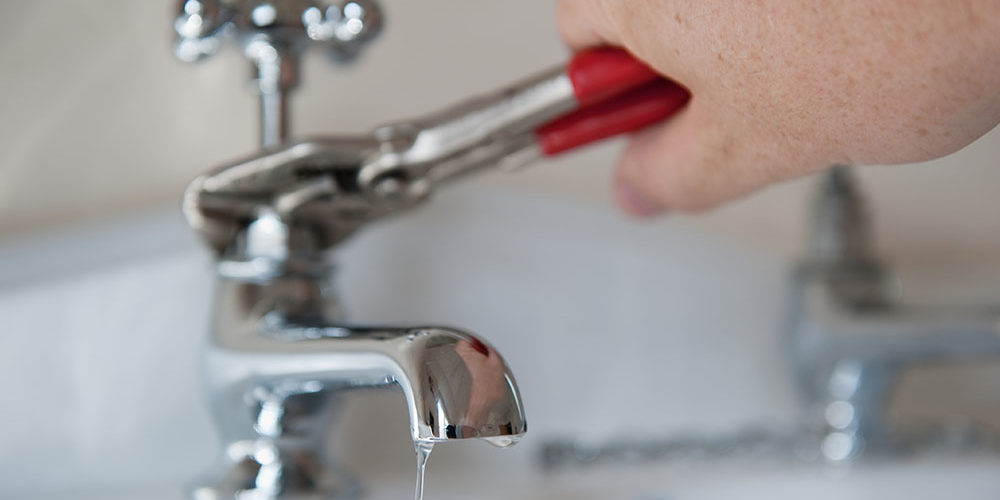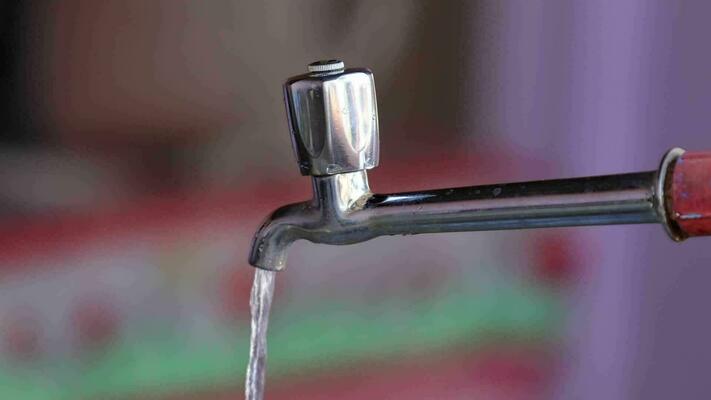Any individual has their own individual theory about The Environmental Impact of Leaky Faucets.

Intro
A leaking faucet could look like a minor nuisance, but its effects prolong much beyond the periodic drip. Understanding the impacts of a dripping faucet is critical for both house owners and the setting. In this short article, we'll discover the various effects of this typical house issue and why addressing it without delay is essential.
Causes of Leaky Faucets
Leaking taps can arise from a selection of factors, including wear and tear, high water pressure, and corrosion. In time, the continuous use of faucets can result in worn-out seals and gaskets, causing leaks to develop. Furthermore, extreme water pressure can place pressure on plumbing components, resulting in leaks. Deterioration and rust can also damage tap components, making them vulnerable to leak.
Water Wastage
Among the most substantial repercussions of a dripping faucet is water wastage. Even a tiny drip can add up to gallons of drainage gradually. This not only increases water bills yet additionally adds to water scarcity and environmental degradation. Resolving leaky taps without delay is important for preserving this precious resource and lessening its influence on the planet.
Financial Effect
Along with drainage, dripping faucets can likewise have a considerable financial effect. Raised water bills are a straight consequence of water wastefulness, costing house owners thousands of bucks yearly. Additionally, the price of fixing water damages brought on by leakages can be considerable, particularly if left ignored for an extended duration.
Ecological Effect
The environmental influence of dripping faucets prolongs beyond water wastage. By conserving water, property owners can contribute to more comprehensive efforts to mitigate water shortage and protect all-natural environments. Sustainable options such as rain harvesting and water-efficient fixtures can better minimize the ecological footprint of family water use.
Technological Solutions
Improvements in technology have caused the growth of smart faucets and water-saving devices that assist lessen water wastefulness. Smart taps use sensors to spot movement and adjust water flow accordingly, reducing waste without sacrificing convenience. Water-saving devices such as aerators and low-flow showerheads are also effective in preserving water without endangering efficiency.
Worldwide Perspectives
While leaky taps might look like a localized concern, they contribute to broader worldwide challenges such as water deficiency and environment change. In areas already encountering water anxiety, every drop counts, making leakage prevention and repair service important. By taking on water-saving methods and buying sustainable innovations, homeowners can play their component in dealing with these pushing global problems.
Governing Measures
Government guidelines play a crucial role in alleviating the influence of dripping taps and promoting water conservation. From building codes that require water-efficient fixtures to water-saving motivations and discounts, policymakers have a series of devices at their disposal. By applying and applying these laws, federal governments can make certain that house owners focus on water conservation in their daily lives.
Area Influence
Attending to leaky taps needs collective initiatives at the neighborhood level. By raising recognition regarding the significance of water preservation and offering sources for leak detection and fixing, neighborhood authorities can equip property owners to take action. Initiatives such as water-saving rebate programs and leak detection projects can incentivize habits adjustment and promote accountable water use.
Case Studies
Real-life instances of the influence of leaky faucets emphasize the importance of proactive maintenance and prompt repairs. From water damage to escalating water expenses, the effects of overlooking leakages can be severe. By sharing these case studies, homeowners can better understand the significance of dealing with leaky faucets without delay.
Educational Campaigns
Educational projects play a crucial duty in elevating understanding about the results of leaking faucets and advertising water preservation practices. Through workshops, workshops, and online sources, house owners can learn just how to discover and repair leakages themselves. By empowering people with knowledge and devices, educational projects can foster a culture of liable water usage within neighborhoods.
Health Issues
Dripping faucets can produce helpful environments for mold and mold development, posing health and wellness threats to occupants. The presence of mold can worsen respiratory system problems and allergies, especially in vulnerable people. In addition, water damages arising from leakages can endanger the architectural stability of structures and cause expensive repair services.
DIY vs. Professional Repair
When faced with a dripping tap, house owners typically discuss whether to attempt fixings themselves or employ a professional plumber. While do it yourself repair services can save cash, they may not constantly attend to the underlying problem efficiently. Specialist plumbing technicians have the competence and equipment to identify and fix leaks appropriately, guaranteeing lasting solutions and comfort for home owners.
Preventive Measures
Stopping dripping faucets requires routine upkeep and aggressive measures. Easy tasks such as replacing worn-out washing machines and seals can stop leakages from creating. In addition, updating to high-quality fixtures and reducing water pressure can help lengthen the life-span of faucets and lessen the danger of leakages.
Verdict
Finally, the impacts of a leaking faucet extend much beyond the occasional drip. From water wastage and enhanced water bills to health worries and environmental impact, the consequences of overlooking leakages can be significant. By dealing with leaky taps immediately and adopting water-saving techniques, house owners can mitigate these impacts and add to a more lasting future.
Why You Shouldn’t Ignore a Leaky Faucet in Your Home
What Causes a Leaky Faucet?
Various factors can cause a leak, from loose and worn-out parts to corrosion. Your faucet has four essential components from which most plumbing issues will stem: the O-ring, the valve seat, the washer and the gasket.
What Is an O-Ring?
The O-ring is a stem screw that fastens parts of the faucet in place, preventing water from leaking out of the spout. Depending on your faucet type, the stem might have multiple O-rings. Water will drip from the faucet’s handles and base if this part breaks or deteriorates.
What Is a Valve Seat?
The valve seat controls the flow and temperature of the water. Found at the base of the handle, it works as a seal for the faucet’s stem. The valve seat ensures the water is allowed to flow or is blocked as the handles dictate. You’ll know it’s malfunctioning when water leaks from your faucet’s sides.
What Is a Gasket?
The gasket is found between the water inlet and the valve stem. It creates a seal between the faucet and the sink, holding its joints by aerators attached to the stem’s head. Water will trickle out from the base if the gasket isn’t working.
What Is a Washer?
The washer secures the handles and prevents leakage, serving a similar purpose to the O-ring. While the O-ring is ordinarily round and made from an elastic material, such as rubber, the washer is square-shaped and composed of brass, copper and other hard metals. If it malfunctions, corrodes or has been improperly installed, water will leak out of the handles, causing that incessant faucet drip.
Why Is a Leaky Faucet Dangerous?
A leaky faucet left alone for too long can have significant consequences.
Pest Infestations
Since bugs and rodents gravitate towards the scent of water, a leaky faucet will draw pests to your sink. Both are looking for leaks accessible through crawl spaces, which a faucet provides. If you leave water dripping for too long, you run the risk of an infestation.
Rust
If one of the faucet parts has started to corrode, the resulting rust can spread to your pipes and valves with startling speed. The rust might even lead to cracks or other impairments, resulting in more severe plumbing issues.
Your sink could also sustain damage from a leaky faucet. The water in your tap possesses sparse elements of calcium and iron that can stain your sink with repeated and prolonged exposure. Once those elements in the water have been open to the air for some time, your sink will start to rust, creating marks that can be difficult to remove.
https://www.tomsmechanical.com/blog/why-you-shouldnt-ignore-a-leaky-faucet-in-your-home

I came across that post on when doing a lookup on the internet. Sharing is nice. Helping others is fun. I praise you for being here. Return soon.